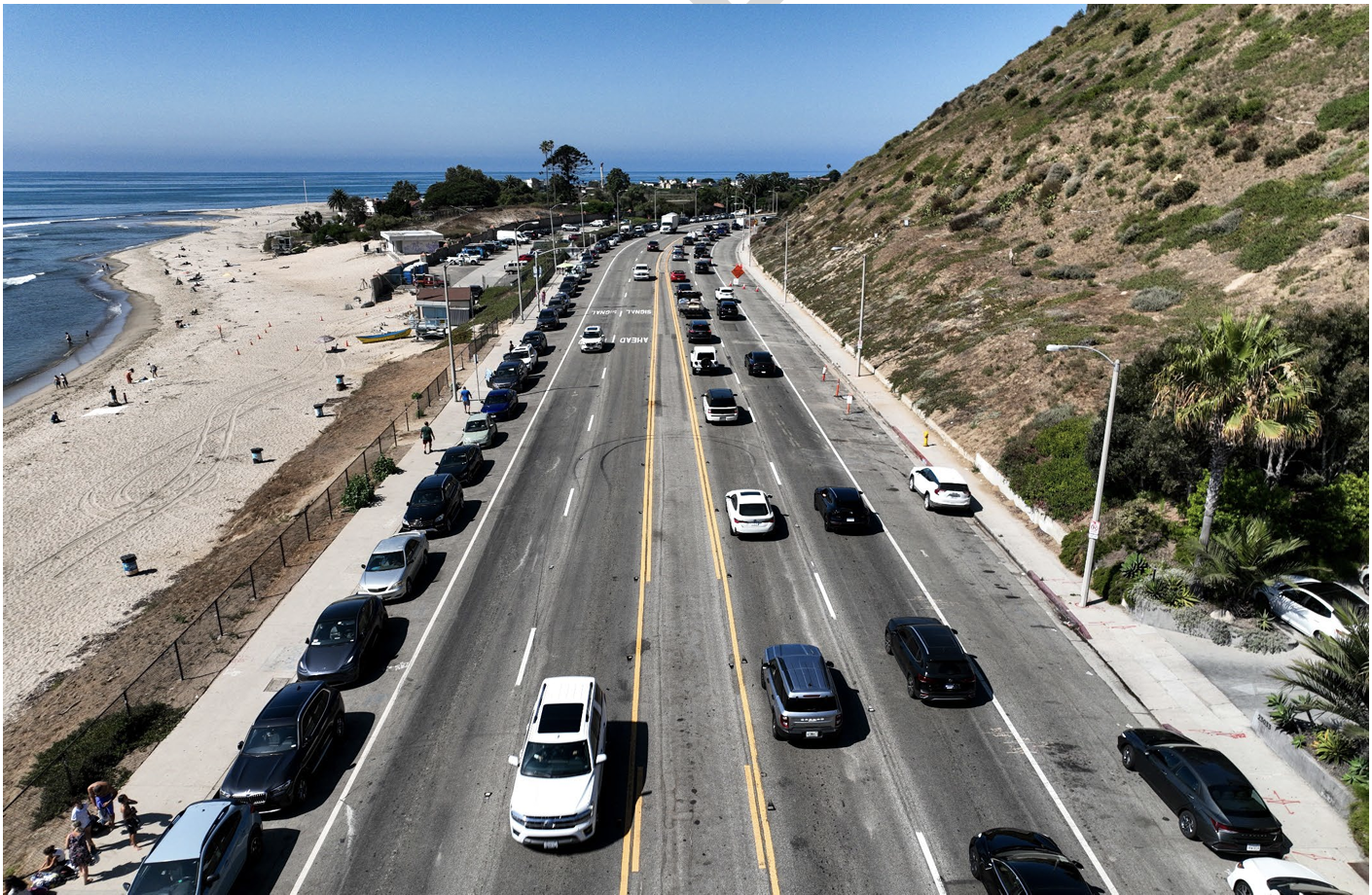After a couple of vetoes by Governor Jerry Brown, California finally has a 3-foot passing law.
As of June, 24 states plus the District of Columbia have such a law, which requires drivers to give cyclists a minimum buffer of 3 feet when passing from behind. With California's law in effect as of today, Rick Bernardi of Bob Mionske's bike law blog says 3-foot laws are good for cycling, but could be improved.

Bernardo points out that some laws, including California's, provide exceptions for drivers that weaken cyclist protections. Minimum passing distances should be commensurate with motorist speed, he says, and intentional "buzzing" should be criminalized.
The law should also make collisions prima facie evidence of an illegal pass, Bernardi writes.
When drivers collide with a cyclist while passing, they will often attempt to shift the blame to the cyclist: "The cyclist came out of nowhere" is one common explanation for a crash. "The cyclist suddenly swerved into my path" is another commonly heard explanation. If the cyclist is seriously injured or killed, the driver’s explanation may be the only explanation we hear. More often than not, when a driver says that the pass was "safe" but the cyclist did something that doesn’t make any sense, it really means that the driver wasn’t paying attention, or was passing too close. But under the law, injured cyclists must prove that the driver’s pass was unsafe. 3 foot laws can be strengthened by making collisions prima facie evidence of an illegal pass. This means that when a driver is passing a cyclist and a collision results, the law would presume that the pass was too close. The driver could still rebut this presumption with evidence to show that the pass was not too close, but now the burden of proof would be where it properly belongs -- on the driver who has the responsibility to pass at a safe distance.
Also on the Network today: Streets.MN says investing in transit for "millennials" and "millennials" alone is a bad idea, and the Wash Cycle takes a tour of the Capital Bikeshare warehouse.





